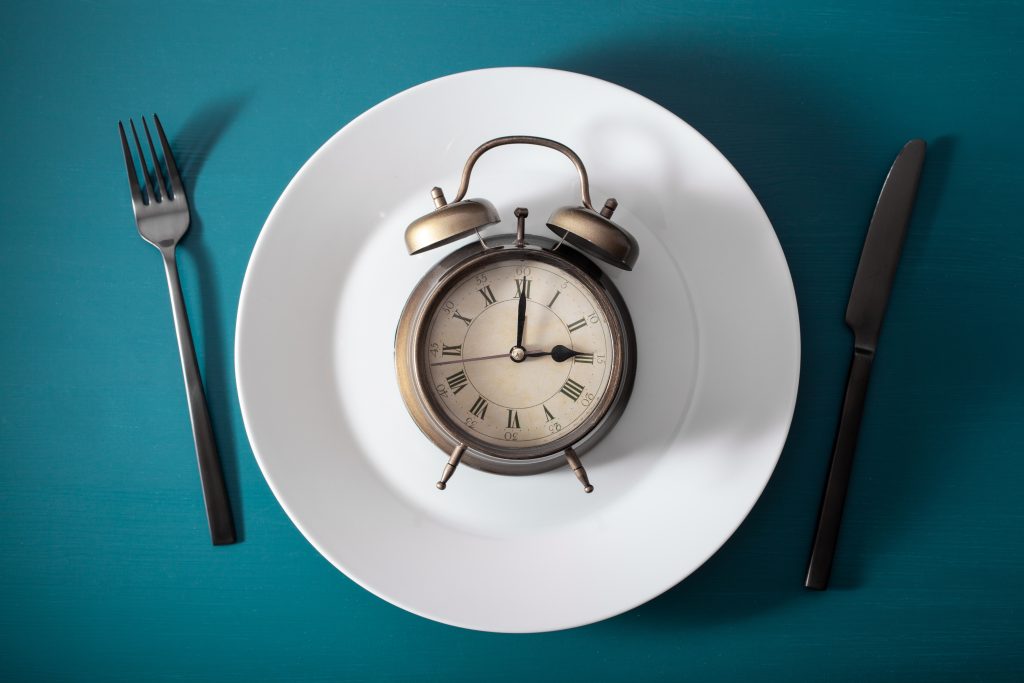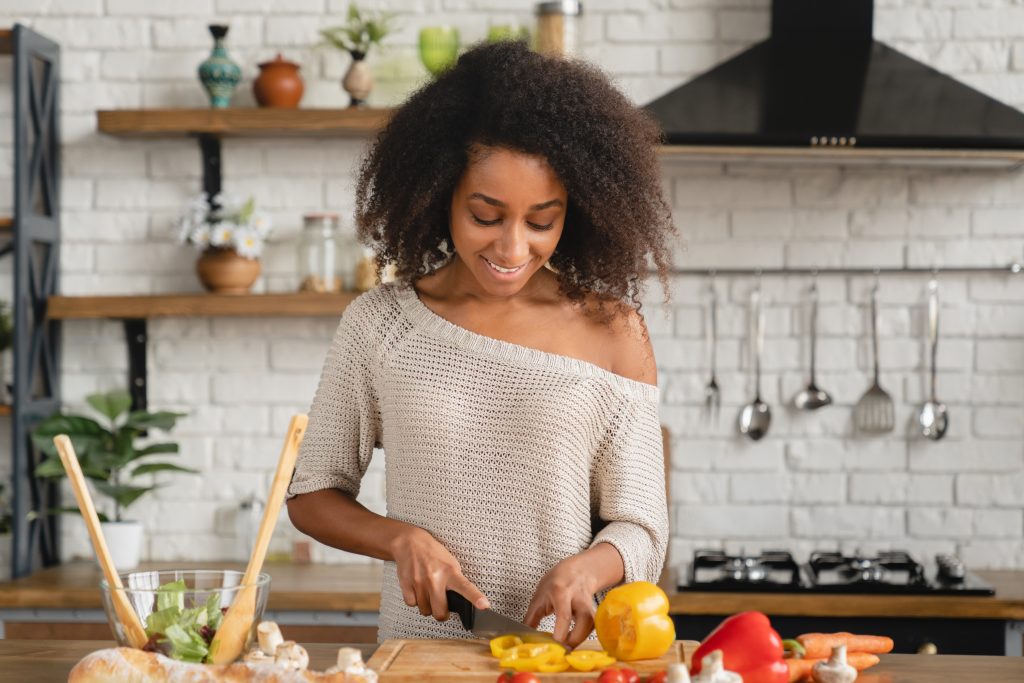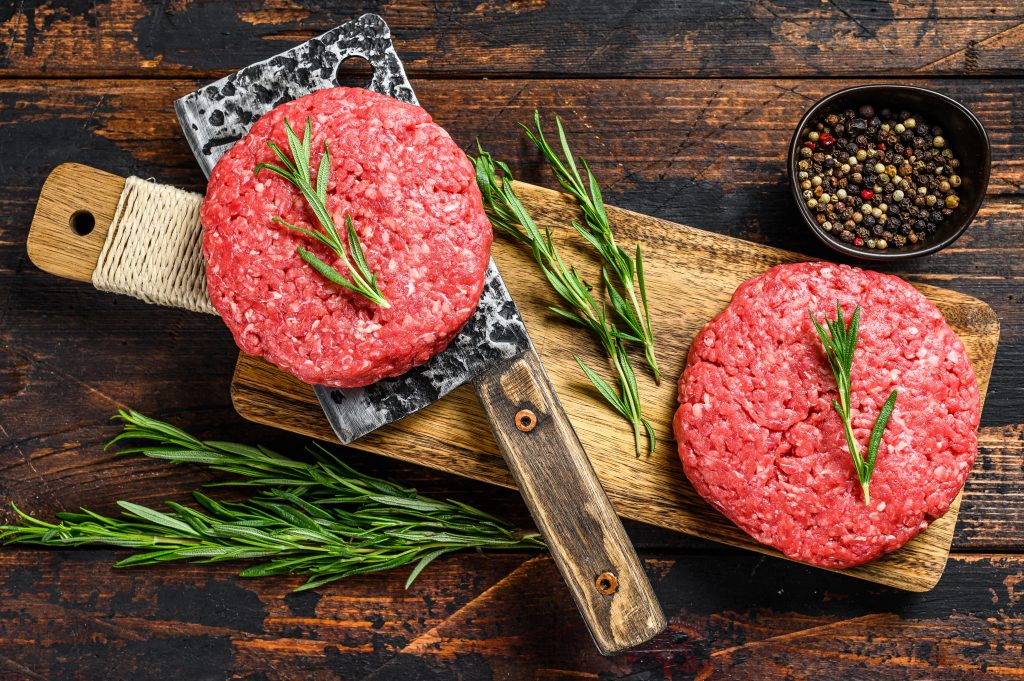
It’s not as difficult as you think to make a juicy, tender burger.
Preparing all of your party food in advance is a chef’s best strategy for feeding a large group, including the preparation of hamburger patties.
As a line cook, I acquired the nuanced technique of dealing with ground beef and creating the perfect, juicy burger.
As you get ready to grill those burgers of your dreams, keep in mind these eight-pointers to help you get started.
Thoroughly defrost your meat
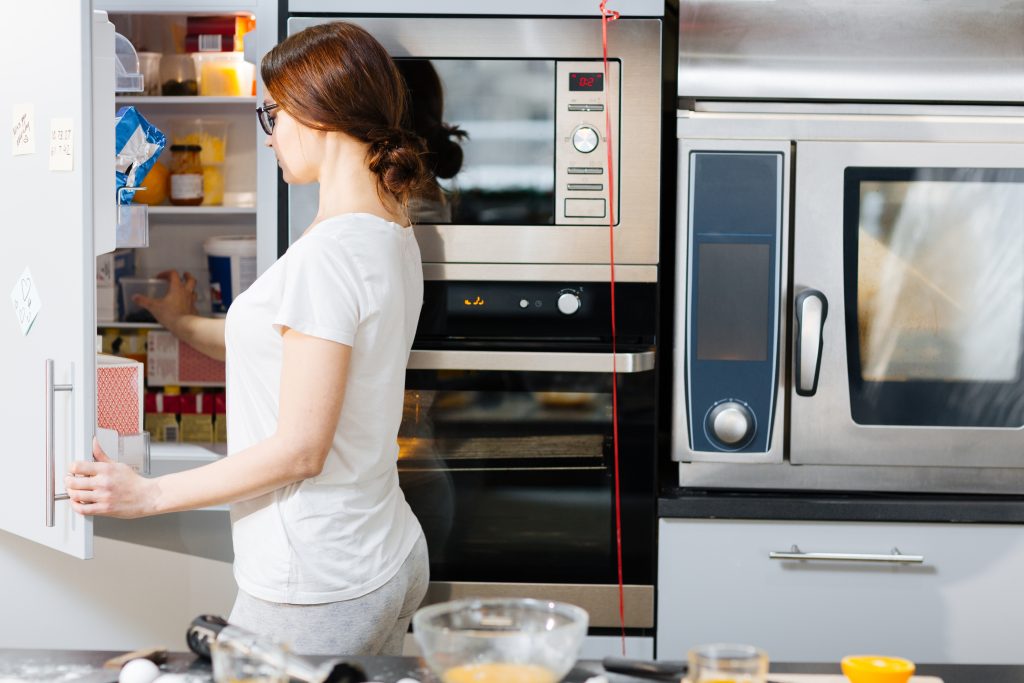
Even if you purchased high-quality ground meat from a local farmer or stocked up at the grocery store during a bargain, the most important thing to do before cooking is thoroughly thawing it.
Ground beef can be defrosted in the refrigerator, the microwave, or by placing it in a bowl of cool water.
If you’re preparing a few days in advance, I recommend using the refrigerator technique. It’s easy to defrost frozen meat by simply placing it in a bowl or container and placing it on the bottom shelf of the refrigerator overnight.
Use the defrost setting in a microwave to thaw meat in three- to four-minute intervals and turn it over when necessary. As long as the meat is thawed, you can microwave it for up to 12 minutes.
As an alternative, you can use cool water and a sealed package of meat. Turn on and off the faucet to fill the bowl with cold water. Fresh water should be added to the bowl about every 20 to 30 minutes until the meat is completely softened (around an hour).
Don’t forget to focus on the grind
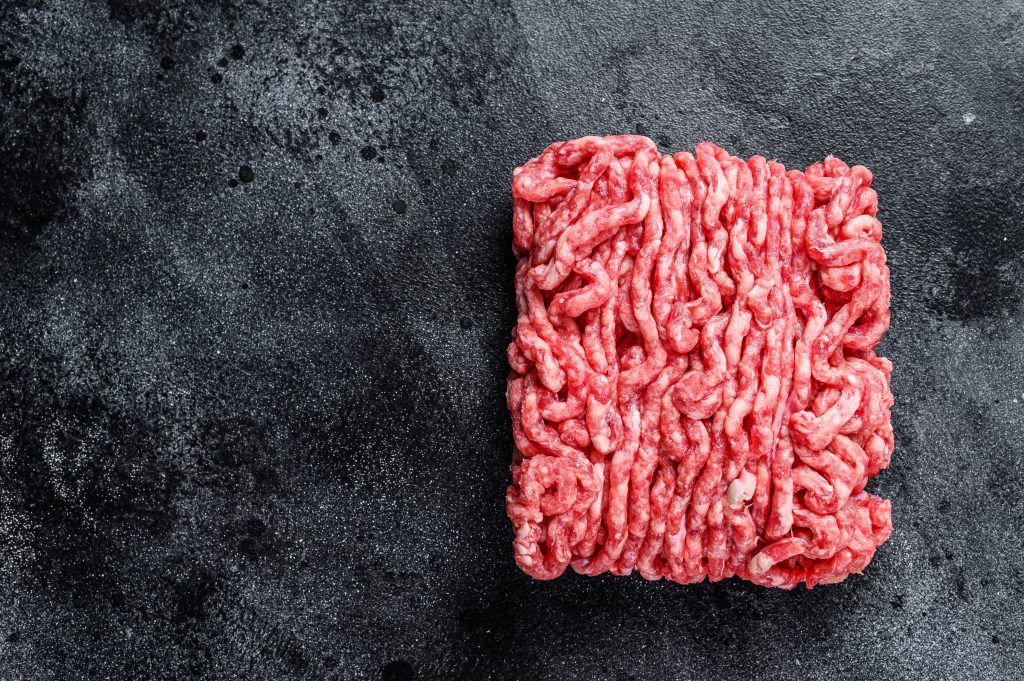
A grocery store butcher may be willing to grind some fresh beef chuck to a coarse to medium-coarse 14-inch grind for you right there and then.
As the juices drip over a hot grill, the meat retains its meaty texture and moistness thanks to this type of grind.
You may try various meat combinations, and you can ask the butcher to throw in a few gourmet scraps at a reduced price.
Try grinding the meat at home if you can
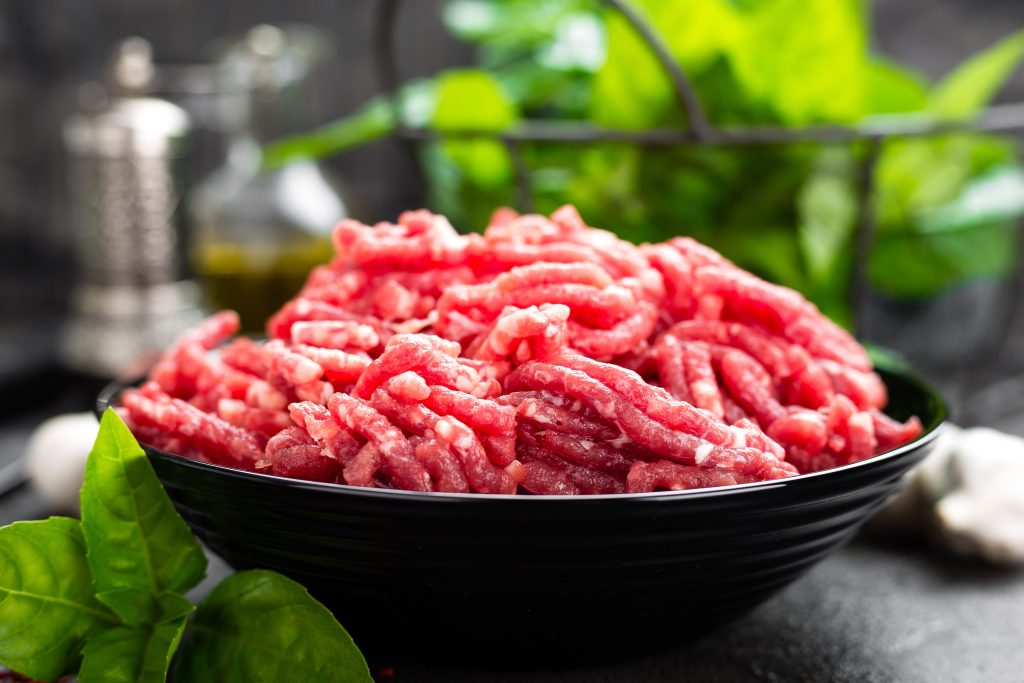
Alternatively, you can use a KitchenAid attachment to ground meat at home if you don’t have access to a meat grinder.
Grind 10 minutes after being frozen on a sheet pan of cold meat diced into 1-inch cubes. A 3/8-inch grind and a 1/4-inch grind are two options worth trying.
Using the food processor, you may even grind your own meat. Working in small batches, pulse 1-inch thick cold meat and fat for about 10 seconds at a time until everything looks uniform.
Keep an eye out for the percentage of fat
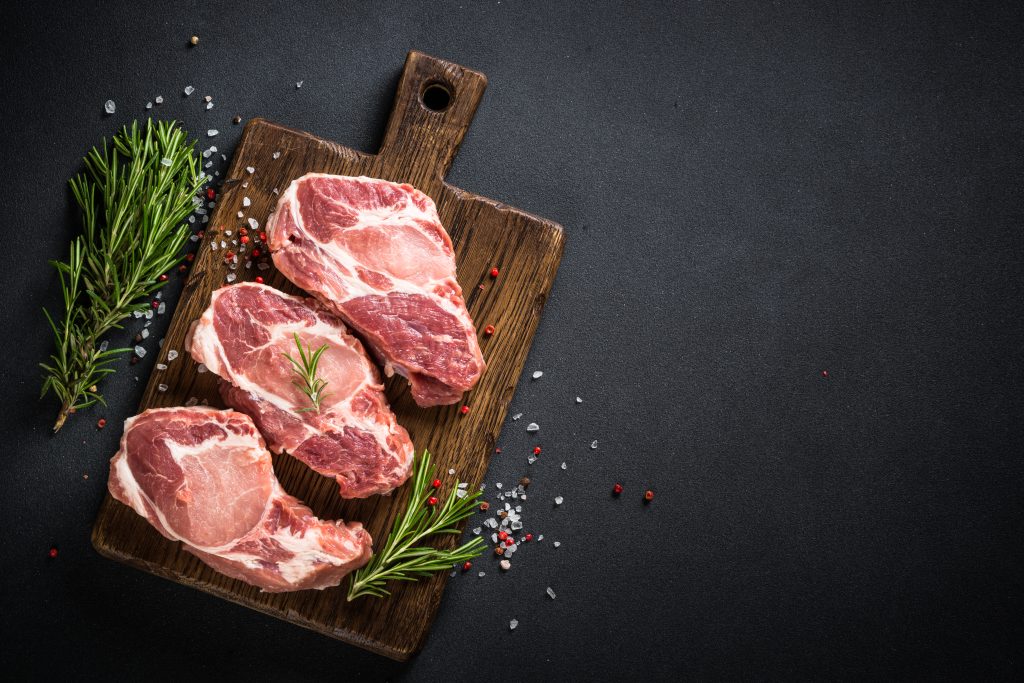
The best butchers know how to mix soft or sinewy meat with fat in order to maximize its potential. Good beef just tastes better.
Finding locally-produced whole pieces or frozen ground meat is ideal if you can track one down. Chuck steak, which contains 80% meat and 20% fat, is the most common burger cut.
With 85 percent ground meat, you’ll be fine if you’re short on time, but be careful not to overcook and avoid going above medium doneness.
Don’t forget that how the patties look is important.
To prevent your hamburger patties from looking like meat balls while they’re cooking, there’s an easy solution: add a little water to the center of the burgers.
To avoid making a dense, tough hamburger, don’t overwork the meat when shaping your patty.
Gently form your burgers into flat discs about an inch thick and one inch in diameter. Using your thumb, make a little dimple in the middle of each patty once they’ve been shaped.
Everything should be cooked at the correct temperature or just a tad below
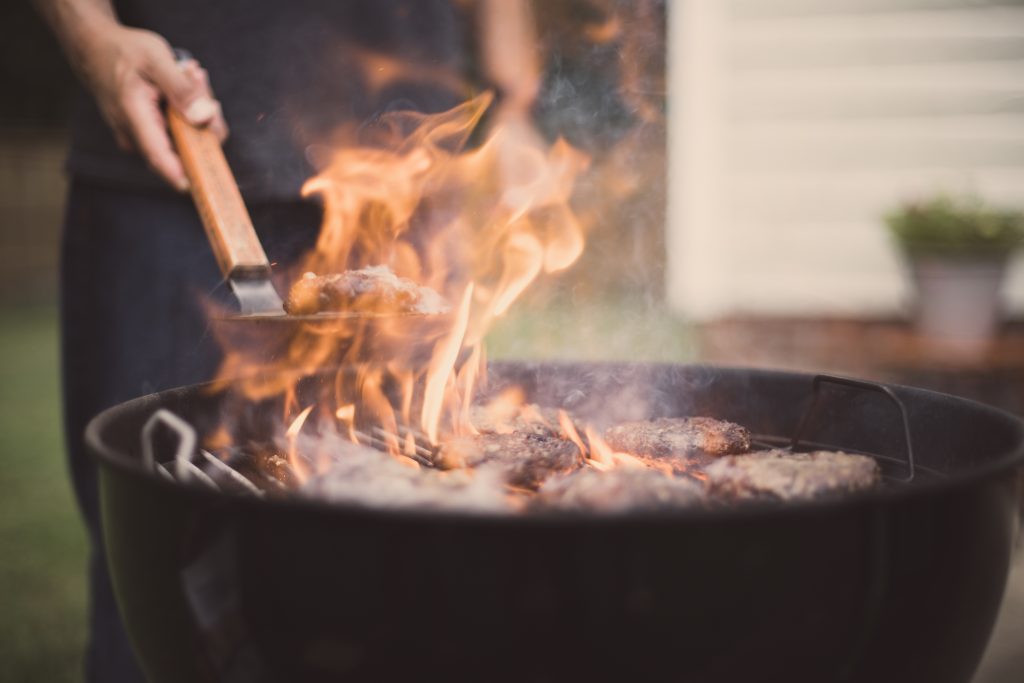
Remember that the internal temperature of a large burger, like that of a steak, will rise slightly after cooking.
The ideal temperature for medium-rare burgers is 130 degrees Fahrenheit, which results in a charred exterior and a juicy interior.
At 150 degrees Fahrenheit, the medium-well burger is cooked to perfection. When fat content is low, this might lead to a taste that is dry and lacking in flavor.
Enjoy that well-done burger, but don’t expect it to be the most juicy of the lot. You can also experiment with different types of high-quality meat and observe for yourself the difference.
Extra ingredients aren’t necessary
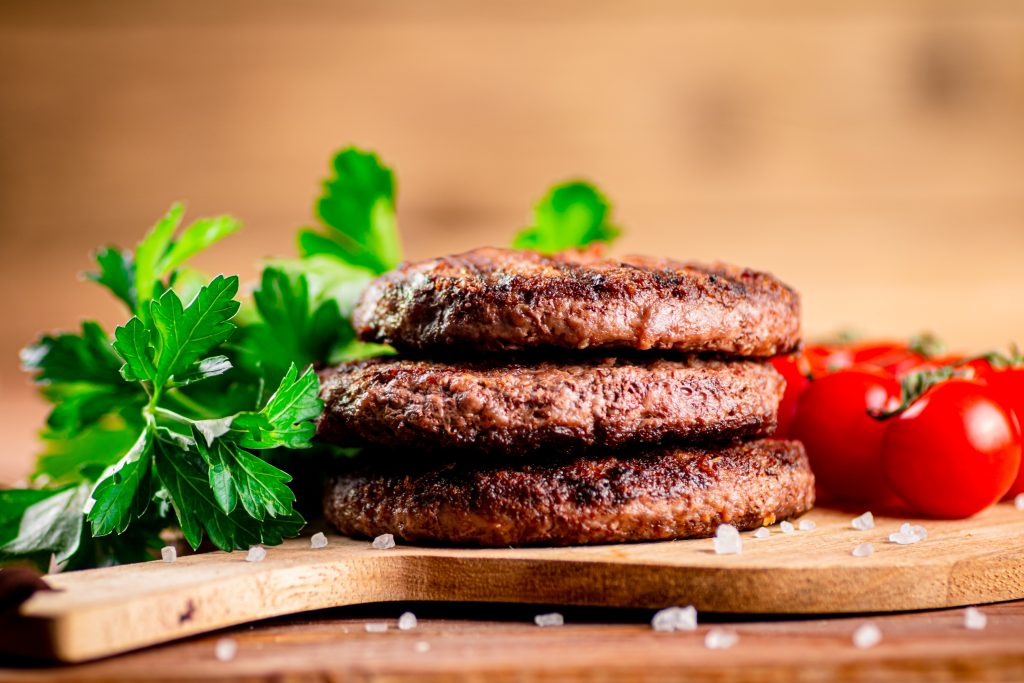
Of course, the truth is that properly prepared, high-quality meat is all you need for a delicious, juicy burger. Adding onions, bread crumbs, and eggs to a burger can make it taste like meatloaf, but they are good in other recipes.
Add-ons like spicy mayo, crisp lettuce, and sliced tomatoes can go on top of the sandwich. Serve with aged cheddar or Gruyere cheese, caramelized onions, or aioli spiced with chili crunch for a special touch.
The finest burgers are the ones that you end up craving again, no matter how it goes.

